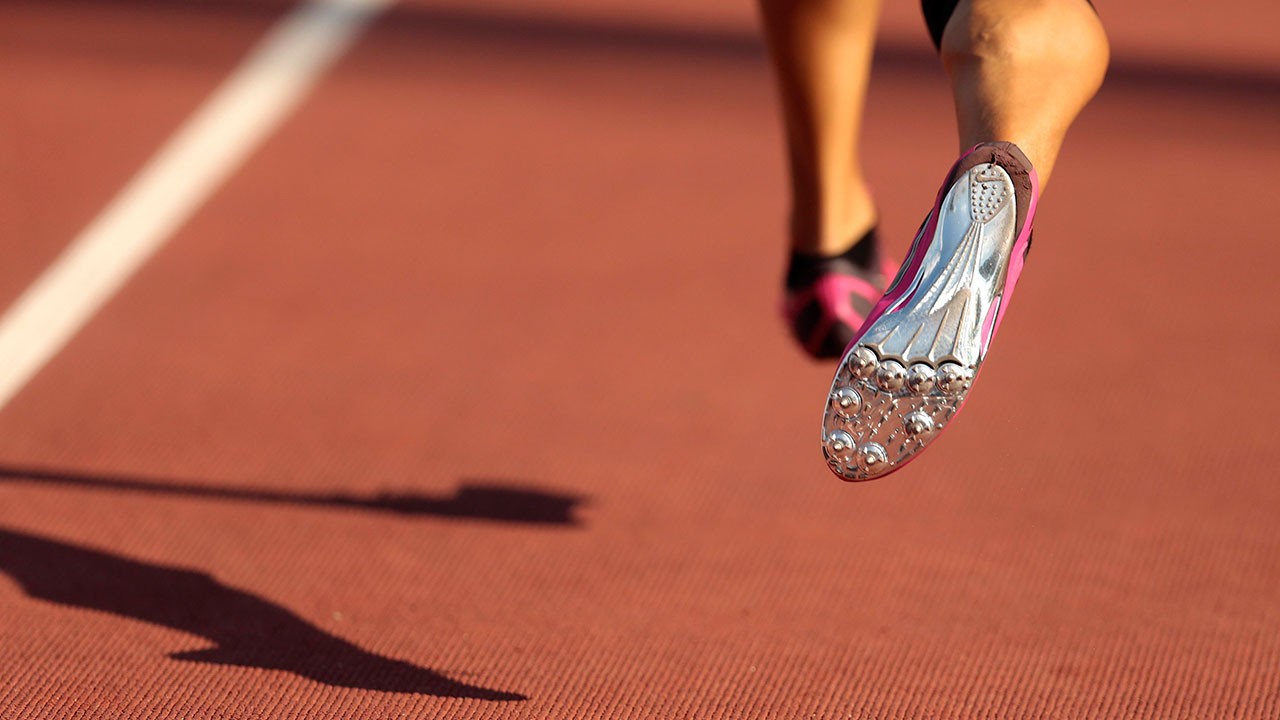On Tuesday, the Court of Arbitration of Sports ruled in favour of Dutee Chand, who was barred from sprinting by the International Association of Athletes Federation (IAAF) after testing positive for hyperandrogenism (HA). Chand has been officially reinstated, the IAAF’s gender testing policies have been suspended and the IAAF has two years to come up with compelling scientific evidence that naturally high levels of testosterone create an unfair advantage for female athletes with HA.
But without gender testing, will Athletics be forced to do away with gender categories all together? If so, how can sprinters like Chand (who’s best time for the 100 m is 11.8 s) compete against athletes like Usain Bolt (who holds the world record for running the 100m in 9.58 s)?
At this point, no one is suggesting we throw gender categories out the window. Generally speaking, there are biological differences between women and men that influence physical ability. If Chand had to run against Bolt, we all know what the result would be, and that’s no fun for anyone. Even in the absence of gender testing, we can still organize separate men’s and women’s events. But what if we didn’t? Imagine, as many already have, a professional playing field where gender wasn’t a defining factor.
The problem with the IAAF’s gender testing is that it wasn’t doing what it was supposed to do. Instead of uncovering men posing as women, it was outing women who didn’t quite fit into a narrow (and inarguably flawed) definition of womanhood.
As I’ve previously written, scientifically defining an athlete as male or female isn’t as simple as one might think. Even after examining chromosomes, hormones and sex organs, a person’s biological sex can remain unclear. That’s because biological sex isn’t black and white, and elite athletes who fall somewhere outside rigid definitions shouldn’t be punished for being different. After all, isn’t being different quintessential to being elite?
Some have voiced concern that the Chand ruling will allow for “natural born males” to compete against women. Technically, they’ve been allowed to for over a decade. In 2004, the International Olympic Committee announced that transgender athletes could compete in their chosen gender categories, so long as they’ve undergone a gender reassignment surgery and two years of hormonal therapy. How many openly trans athletes have competed in the Olympics since 2004? Zero.
In 2010, the IOC determined that similar rules (genital surgery and hormonal therapy) should apply to athletes with HA, and the IAAF jumped right on board. But hyperandrogenism and transgenderism are not the same. Many women with HA are born with all of the traditional female body parts, and only discover an “abnormality” (such as polycycstic ovary syndrome, undescended testis, adrenal or gonadal tumours) at the time of their HA diagnosis. In Chand’s case, the issue wasn’t preventing a man from competing against women; it was disqualifying a woman with naturally high levels of testosterone because of an unfair advantage she might have over other women.
Clearly, testosterone levels don’t determine gender, and for the next two years, the IAAF can’t use hormones as a factor in female athletes’ eligibility. Without gender tests, the easiest way to decide which gender category an athlete should compete in is to ask some simple questions: Are you an athlete who lives and self-identifies as a woman? Great, you’ll compete against other women.
There is some concern that men will pretend to be women so they can win gold medals, but in the long history of Olympic gender testing, a clear-cut case of female impersonation has never occurred. Interestingly, the IOC Charter and the IAAF Constitution do not explicitly state that men and women can’t compete against each other (although the rule is implied through the existence of separate men’s and women’s events). In fact, one of the IAAD’s main objectives is “that all may participate in Athletics, regardless of gender […] or any other irrelevant factor.”
For the vast majority of athletes, however, it’s clear which category they belong to, and for those whose biological makeup is more complex, it’s important that we embrace this complexity instead of disrespecting and alienating athletes who have done nothing wrong. Separate events will likely continue to exist for years to come, but perhaps it’s time to realize that the distinction between male and female athletes is not as clear-cut, and perhaps not even as important, as we’ve long assumed it to be.

